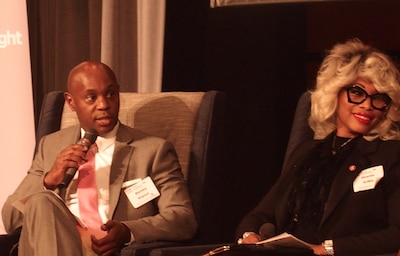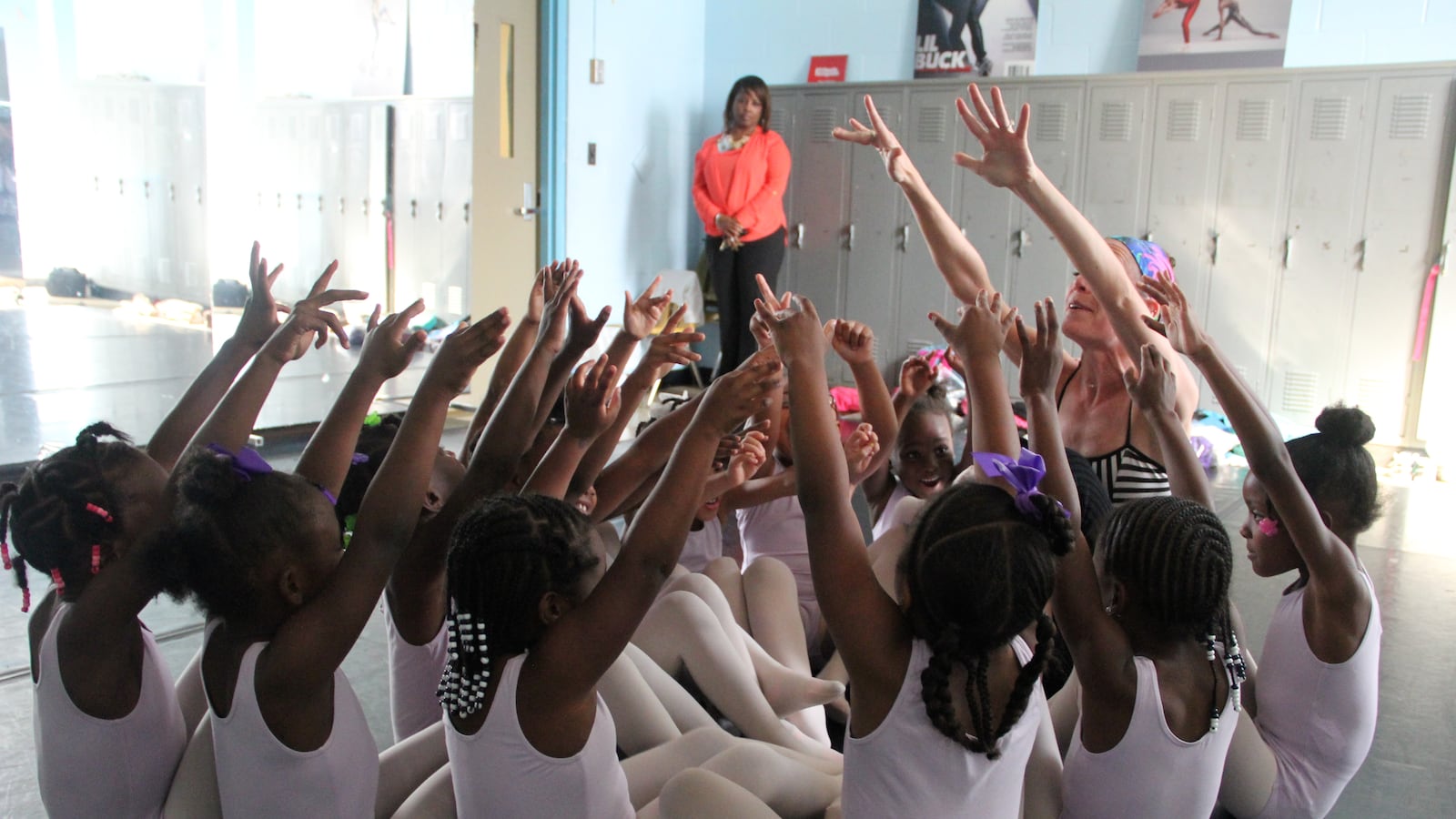Update, Dec. 11, 2018: Here’s the proposed plan to consolidate 28 schools into 10 new buildings.
Superintendent Dorsey Hopson is set to share a five-year plan to reduce the number of expensive, aging buildings in Shelby County Schools.
None of the buildings would close before Hopson leaves in January, but it’s possible that dozens of schools will consolidate with other schools in new buildings. That’s the pattern Hopson and county leaders have favored in response to widespread community outrage for shutting down long-standing neighborhood institutions. Advocates have argued that schools have been shut down without giving students a better place to go.
Schools have long been natural gathering spots for neighborhoods and proposals to close them almost always spark protest from parents and teachers. More than a few of the schools closed in recent years stand empty, though Shelby County Schools has lately been more aggressive about selling or demolishing the blighted buildings. Interest is growing in repurposing some of them into parks, affordable housing, or other developments, but so far there are no firm plans.
Related: A Memphis woman’s tragic death prompts reflection: Could vacant schools help fight homelessness?
Several studies, including two in Tennessee, have found a link between the condition of a school building and student achievement. Students who attend school in newer facilities score 5 to 17 points higher on standardized tests than those attending in substandard buildings. Another study found that poor building conditions can lead to higher rates of chronic absenteeism.
To determine the schools that would be considered for consolidation, Hopson and his team have compared low enrollment to the building’s capacity, test scores, and building-repair costs. Hopson is scheduled to present that analysis to school board members Tuesday afternoon — four weeks before he leaves for a new job with insurance giant Cigna.
If trends hold true for Hopson’s final recommendations, four schools would be at the top of the list for consolidation:
- Westwood High
- Dunbar Elementary
- Trezevant High
- Hamilton Middle
Those schools are among the lowest performing in the state or have been identified by Hopson as needing extra academic support. They also are more costly to repair than shut down compared to other schools, and enroll fewer than 70 percent of their capacity. All four were at risk for closure two years ago, according to our analysis of 2016 district data.
When Shelby County Schools was asked to comment on Hopson’s propoal, the district said Hopson will talk about new construction and consolidations to address inequities, but did not elaborate.
During his almost six years as superintendent, Hopson closed 17 schools, most because of low enrollment. Also in that time, enrollment increased and buildings were taken over by the state-run district. As a result, the number of district empty seats has shrunk from about 22,000 in 2015-16 to about 18,500 this school year, according to district data.
Still, facilities for Shelby County Schools students total about 16 million square feet, or about 3.2 million more square feet than the state allocates money for. That’s equal to about four FedEx Forum arenas.
Hopson’s presentation on Tuesday will help set the course for how the district can address those needs for the next five years. But there’s evidence that his strategy to close schools has expanded.
Although Hopson’s focus on test scores, enrollment, and building conditions were always part of his plan, his first recommendation in 2016 was to close five schools and consolidate them into three new buildings because of their high maintenance costs, which totaled $500 million districtwide.

Then, he returned to his earlier focus on school performance, and in addition, looked to include charter schools and the state-run Achievement School District when considering what schools to consolidate. The state-run district started taking over low-performing schools from Hopson’s district in 2012. Conversations with the state-run district haven’t happened as of late November, according to Bobby White, a spokesperson for the Achievement School District.
“It’s no secret. We have too many schools. We just have too many schools whether it’s Shelby County, ASD, charter schools,” Hopson said during a recent panel event hosted by Chalkbeat and New Memphis.
“Orange Mound has Dunbar Elementary School and around the corner we have Aspire Hanley. Both of these schools are on the list, they both serve Orange Mound kids, both of the buildings are in bad shape,” he continued, referring to the state’s list of schools with extremely low test scores. “How do we sit down together and say ‘How can we create a great new learning environment for all these kids in Orange Mound?’”
Hopson and his staff have often cited academics as the focus of school closures.
“You’re not saving a ton of money. … The driver has to be academics,” said Lin Johnson, the district’s chief of finance in 2016. “We could be reinvesting that money in the school they go to. It’s more about freeing up resources for other schools.”
But students from previously closed schools were more often rezoned to schools with similar or worse test scores than the closed school, according to our 2016 analysis. Since then, Hopson directed his staff to track test scores of students from closed schools to see if their academic performance improved. Results from that analysis have not been released yet.
School board members, who have the final say on school closures, have said they want to know the academic performance of the proposed schools students would be routed to before making a decision. They also want to know how many students zoned to the school slated for closure are attending schools outside the district. When parents and alumni were trying to save Carver High School from closing, Hopson noted 400 students zoned there were attending school elsewhere. Requests for comment from some school board members were not returned Monday.
Hopson’s presentation to school board members is scheduled for 5 p.m. Tuesday, Dec. 11 in room 321 at the district’s central office, 160 S. Hollywood St.

